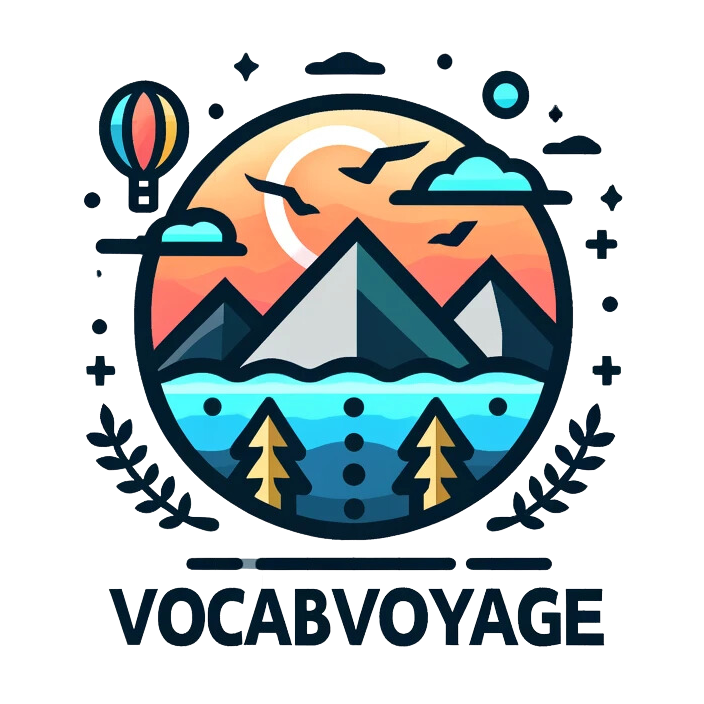Essential Language Learning Tools Everyone Should Know About
Hey there, language enthusiasts! 🌍 Whether you’re just starting your language learning journey or you’re well on your way to becoming a polyglot, having the right tools can make all the difference. Today, we’re diving into some essential language learning tools that can help make learning a new language not just easier, but also a lot more fun.
1. Language Learning Apps
Gone are the days of carrying heavy textbooks and dictionaries. Nowadays, language learning apps are the go-to resource for learners of all levels. Apps like Duolingo, Babbel, and Rosetta Stone offer lessons in dozens of languages. They use fun exercises, games, and quizzes to keep you engaged. And the best part? You can learn anytime, anywhere—perfect for busy bees! 🐝
2. Online Language Courses
If you prefer a more structured approach, online language courses might be right up your alley. Websites like Coursera, Udemy, and even YouTube provide courses on various languages. These platforms often feature teaching by native speakers, and you can find courses tailored to specific levels or interests. Plus, the community aspect means you can often interact with fellow learners and tutors. 👩🏫
3. Language Learning Platforms (like Vocab Voyage)
For those who want to boost their vocabulary quickly and efficiently, specialized platforms like Vocab Voyage are invaluable. Designed for A2 to C1 level learners, our platform focuses solely on vocabulary expansion. Through immersive and integrated learning experiences, you can significantly enhance your language skills in a fun and effective way. Remember, a strong vocabulary is a cornerstone of fluency! 📘
4. Language Exchange Communities
Practice makes perfect, and what better way to practice than by speaking with native speakers? Language exchange communities like Tandem and HelloTalk connect you with native speakers who are learning your language. This way, both parties benefit from the exchange. It’s a fantastic way to immerize yourself in the language and learn colloquial phrases and slang that you might not find in textbooks. 🗣️
5. Flashcard Apps
Flashcards have long been a staple in language learning, and for good reason. They’re great for memorizing new vocabulary, phrases, and grammar rules. Apps like Anki and Quizlet allow you to create your own digital flashcards. They also offer spaced repetition features, whereby cards you struggle with are shown more frequently, helping you to better retain information over time. 🃏
6. Listening and Pronunciation Tools
Understanding and being understood is the heart of communication. Tools like Forvo, which boasts a vast database of words pronounced by native speakers, can be incredibly helpful. Similarly, listening to podcasts or watching movies in your target language can improve your comprehension and pronunciation. Don’t be shy to repeat phrases out loud—it’s a great way to mimic natural speech patterns. 🎧
7. Reading Resources
Reading in your target language can significantly improve your vocabulary and understanding of grammar and sentence structure. Start with materials that match your proficiency level – children’s books or simplified news articles on websites like News in Slow… – and gradually work your way up. E-readers and language learning books that offer dual-language text side-by-side can also be extremely helpful. 📚
Wrapping Up
There you have it, guys! A comprehensive list of essential language learning tools that can cater to different preferences and learning styles. Remember, the key to language acquisition is consistency. Whether it’s using a mobile app, engaging with a community, or diving into books, what matters most is that you keep at it. And, since every learner is unique, don’t hesitate to mix and match these tools to discover what works best for you. Happy learning! 🚀
PS: Don’t forget to check out Vocab Voyage for an efficient and enjoyable way to expand your vocabulary. See you there!
